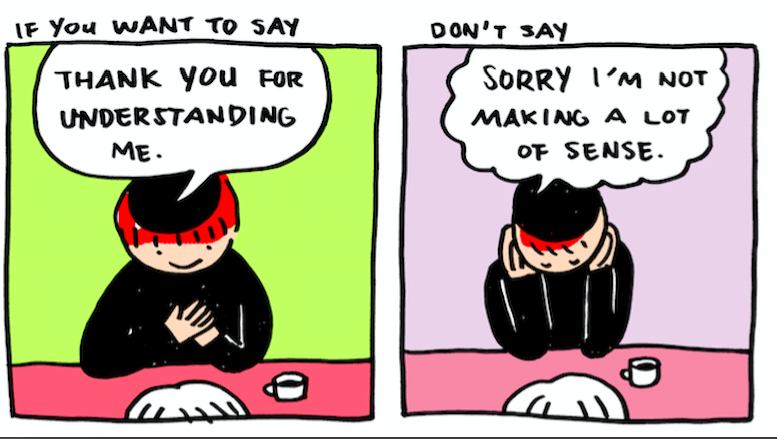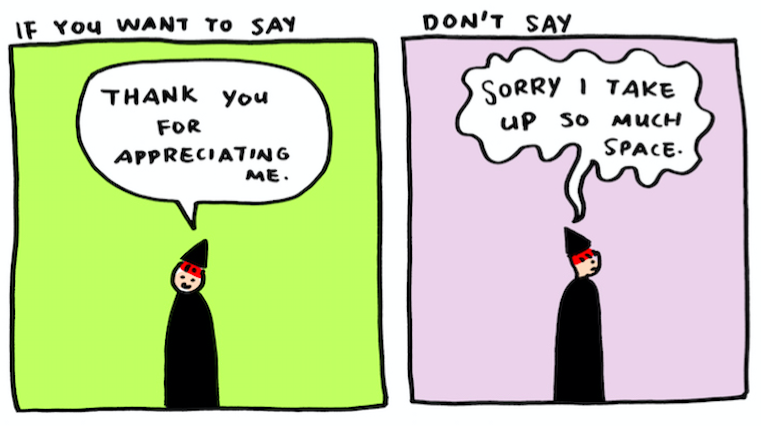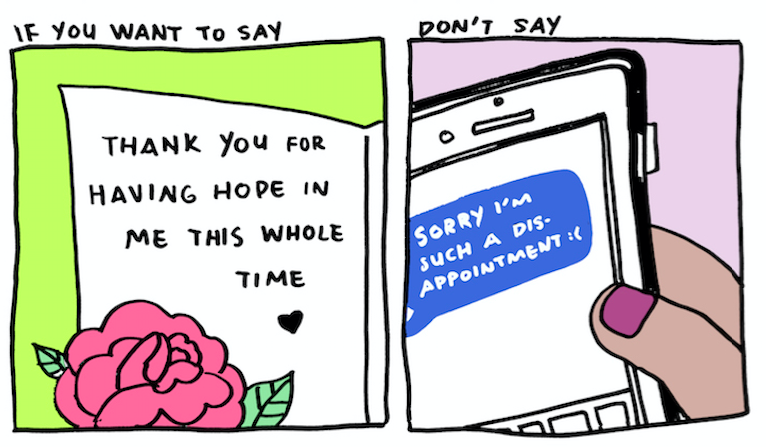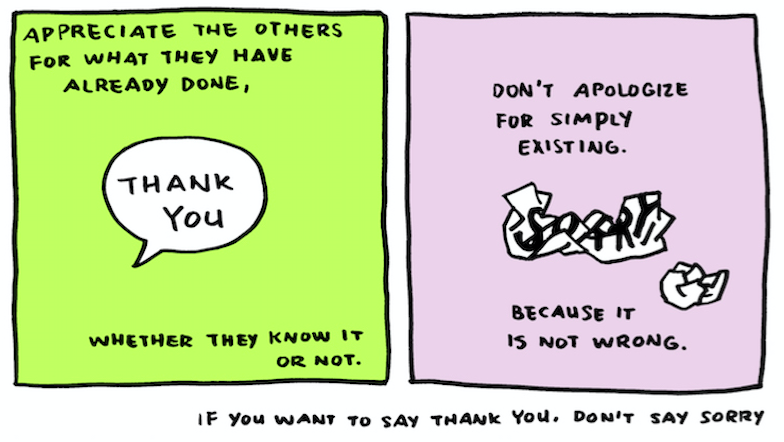In the grand scheme of things, very few people have their personal tax return audited.
As a percentage of all returns, less than 1 percent get questioned.
0.84% | Percent of all individual tax returns audited in 2015
According to Kiplinger.com, there’s no sure way to avoid an IRS audit, but they suggest these 15 red flags could increase your chances of unwanted attention from the IRS.
1 | Running a small business
That’s not a good thing to read on a website called SmallBusiness.com, but if you run a cash-intensive business (bars, taxis, hair salons) or are self-employed, the IRS will be more likely to scrutinize your return than they do other types of businesses. Also according to Kiplinger, the IRS thinks it can get more bang for its audit buck by examining S corporations, partnerships and limited liability companies.
2 | Making a lot of money
One in 119 | Overall odds of being audited
One in 38 | Odds of being audited if income is $200,000
One in 10 | Odd of being audited if income is $1 million
3 | Failing to report all taxable income
The IRS gets copies of all 1099s and W2s you receive, so make sure you report all required income on your return. A mismatch sends up a red flag and causes the IRS computers to spit out a bill.
4 | Taking higher-than-average deductions
If deductions on your return are disproportionately large compared with your income, the IRS may pull your return for review. But if you have the proper documentation for your deduction, don’t be afraid to claim it.
5 | Reporting large charitable deductions
If your charitable deductions are disproportionately large compared with your income, it raises a red flag. Also, if you don’t get an appraisal for donations of valuable property, or if you fail to file Form 8283 for non-cash donations over $500, you become an even bigger audit target.
6 | Claiming rental losses
Because of the nuances of the regulations regarding rental losses, the IRS is actively scrutinizing rental real estate losses, especially those written off by taxpayers claiming to be real estate pros. Agents are checking to see whether these filers worked the necessary hours, especially in cases of landlords whose day jobs are not in the real estate business.
7 | Taking an alimony deduction
The rules on deducting alimony are complicated, and the IRS knows that some filers who claim this write-off don’t satisfy the requirements. It also wants to make sure that both the payer and the recipient properly reported alimony on their respective returns. A mismatch in reporting by ex-spouses will almost certainly trigger an audit.
8 | Writing off a loss for a hobby
You must report any income you earn from a hobby, and you can deduct expenses up to the level of that income. But the law bans writing off losses from a hobby. To be eligible to deduct a loss, you must be running the activity in a business-like manner and have a reasonable expectation of making a profit.
9 | Big deductions for business meals, travel and entertainment
Big deductions for meals, travel and entertainment are always ripe for audit, whether taken on Schedule C by business owners or on Schedule A by employees. Agents are on the lookout for personal meals or claims that don’t satisfy the strict substantiation rules.
10 | Failing to report a foreign bank account
The IRS is intensely interested in people with money stashed outside the U.S., especially in countries with the reputation of being tax havens, and U.S. authorities have had lots of success getting foreign banks to disclose account information.
11 | Claiming 100 percent business use of a vehicle
Claiming 100 percent business use of an automobile is red meat for IRS agents. They know that it’s rare for someone to actually use a vehicle 100 percent of the time for business, especially if no other vehicle is available for personal use. The IRS also targets heavy SUVs and large trucks used for business, especially those bought late in the year.
12 | Taking an early payout from an IRA or 401(k) account
The IRS wants to be sure that owners of traditional IRAs and participants in 401(k)s and other workplace retirement plans are properly reporting and paying tax on distributions. Special attention is being given to payouts before age 59½, which, unless an exception applies, are subject to a 10 percent penalty on top of the regular income tax.
13 | Claiming day-trading losses on Schedule C
To qualify as a trader, you must buy and sell securities frequently and look to make money on short-term swings in prices. And the trading activities must be continuous.This is different from an investor, who profits mainly on long-term appreciation and dividends. Investors hold their securities for longer periods and sell much less often than traders. The IRS knows that many filers who report trading losses or expenses on Schedule C are actually investors.
14 | Gambling: failing to report winnings or claiming big losses
Recreational gamblers must report winnings as other income on the front page of the 1040 form. Professional gamblers show their winnings on Schedule C. Failure to report gambling winnings can draw IRS attention, especially if the casino or other venue reported the amounts on Form W-2G. Claiming large gambling losses can also be risky.
15 | Engaging in currency transactions
The IRS gets many reports of cash transactions in excess of $10,000 involving banks, casinos, car dealers and other businesses, plus suspicious-activity reports from banks and disclosures of foreign accounts. So if you make large cash purchases or deposits, be prepared for IRS scrutiny.
(Read more: Kiplinger.com)
Photo: ThinkStock













